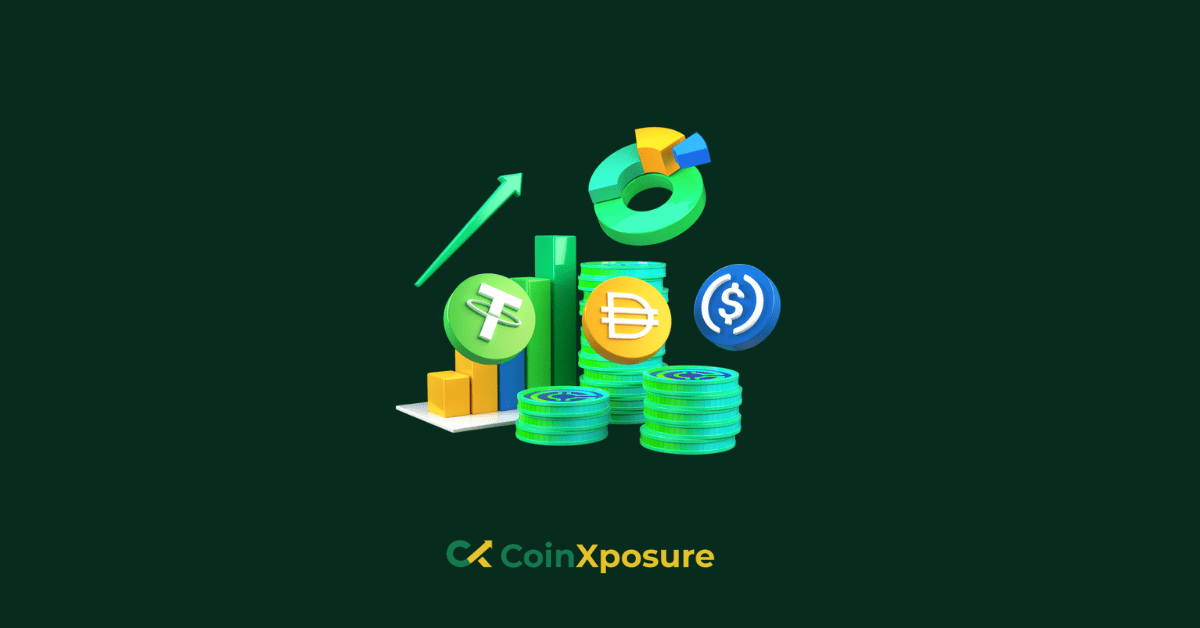Gabor Gurbacs, a fund manager at VanEck, commented on Ripple’s decision to launch a stablecoin backed by the US dollar.
On X, Gabor Gurbacs, a strategic advisor at Tether and a fund manager at VanEck, has expressed his opinion over Ripple’s decision to launch another stablecoin.
Gabor Gurbacs expressed his thoughts on the matter. On the other hand, Gurbacs has supported his argument that USDT and Tether are the dominant cryptocurrencies in the blockchain business.
Gabor Gurbacs Backs USDT
He has acknowledged the competitive nature of the blockchain industry. Despite the emergence of new competitors, he presented several points that he is convinced will enable USDT to continue to dominate the stablecoin cryptocurrency industry.
Tether’s team prioritized principles, market-responsive use cases, high liquidity, strategic geographical focus, and design efficiency as their primary areas of concentration.
Gabor Gurbacs also stressed the significance of low transaction fees, which could concern Ripple stablecoin because the Ethereum chain is notorious for its shifting cost levels.
His words are in response to Ripple’s announcement that it will launch a stablecoin that the United States Dollar backs, and they have sparked conversations about the competitive dynamics of the stablecoin market.
Gabor Gurbacs concluded by stating that Ripple’s announcement had prompted his ideas and exemplified the ongoing discussion within the cryptocurrency community about the future landscape of stablecoins.
The USDT by Tether cryptocurrency is one of the components of the cryptocurrency market that has been connecting the domain of digital assets to the realm of fiat currencies for several years.
Gurbacs noted several factors that contribute to USDT’s supremacy, including the tether team’s solid principles and their capacity to support genuine market demands, as two of the factors under consideration.
In addition to this, he brought attention to yet another significant benefit of USDT, which is its liquidity, which it can utilize on a variety of platforms and exchanges.
The geographical emphasis, approach and design of USDT further increase its market leadership status, making it possible for the company to cater to a diverse spectrum of people worldwide.
Transaction fees, particularly on platforms like Ethereum, where Ripple intends to create its stablecoin, represent the challenge of maintaining these expenses at a low level.
During operations, customers are required to concentrate on efficiency and economy. Gurbacs’s study of the reasons why USDT continues to be successful suggests that any new stablecoin must meet these exact fundamental market needs.
This encompasses the ongoing development of Ripple’s project. Ripple CEO Brad Garlinghouse described the launch of the company’s stablecoin as following a specific process.
As the foundation for their new project, Garlinghouse emphasized the extensive history of Ripple Labs, as well as the regulatory infrastructure, robust financial support, and comprehensive international payment network that their company possesses.
Using Ripple’s previously built infrastructure, he asserted that the forthcoming stablecoin, which is based on the XRP ledger and Ethereum chain in addition to XRP, intends to enhance the functionality of crypto-enabled electronic payments.
In addition, the announcement made by Ripple stated that the United States dollar would be used to back the new stablecoin, as well as U.S. government bonds and cash equivalents.
Furthermore, it said that monthly third-party attestations would be used to ensure trust and reliability. Not only does the program represent a strategic expansion for Ripple, but it also represents an expansion of the usefulness, liquidity, and opportunities that are accessible to all users and developers inside the XRPL ecosystem.












